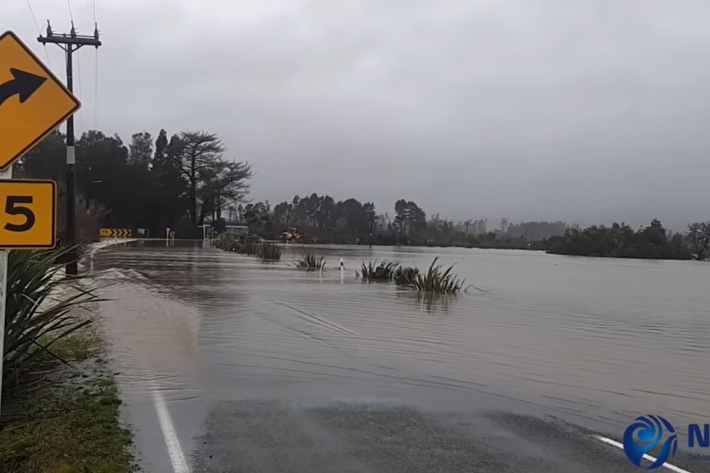-
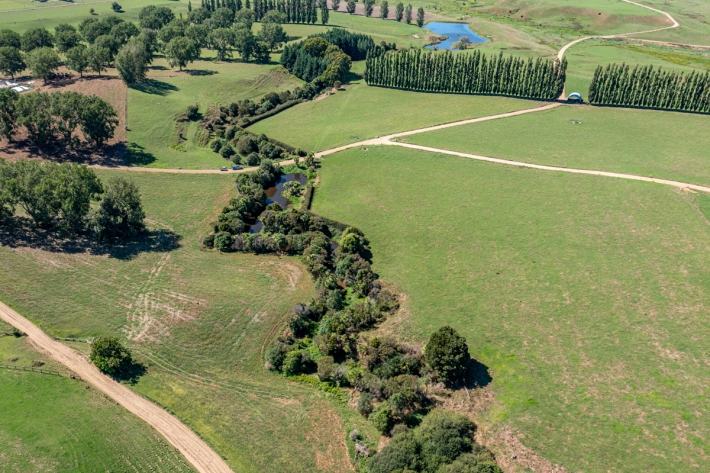
Riparian Buffer Design Guide
This guide discusses design principles and provides high-level information about the likely performance of riparian buffers. -
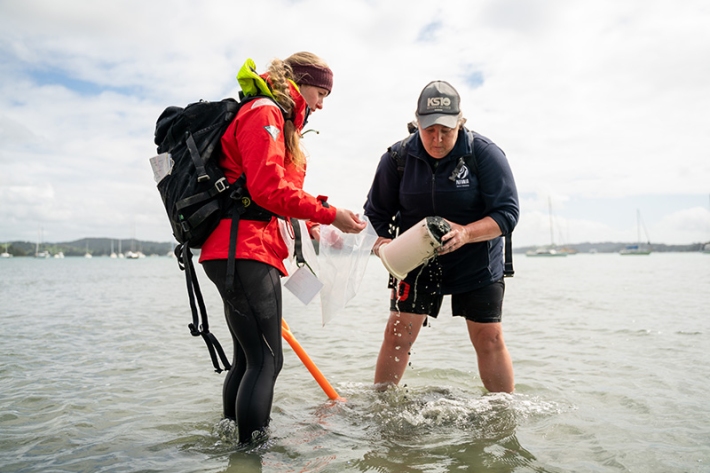
Ki uta ki tai: NIWA’s role in mountains-to-sea estuarine management
Media release09 June 2022Estuaries are coastal waterbodies where freshwater mixes with seawater. Many estuaries in Aotearoa New Zealand have been impacted by pollutants and contaminants entering via freshwater. -
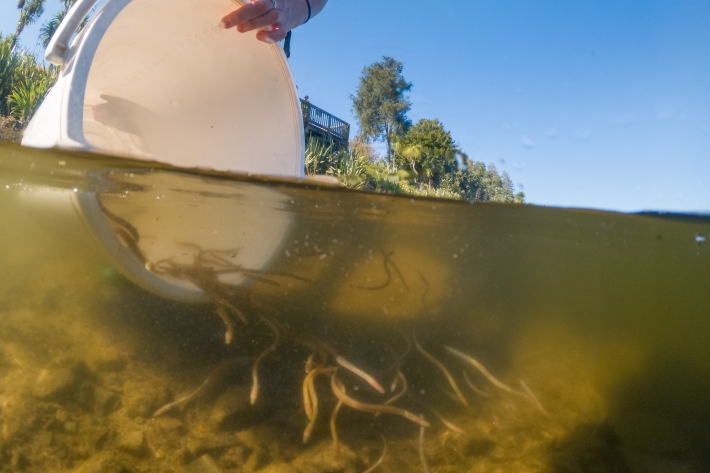
Removing barriers to ensure freshwater fish can complete their life cycle
Media release19 May 2022New Zealand has just over 50 native freshwater fish species. Of these, 85 % are endemic and 75 % are deemed to be at risk of decline or are threatened. -
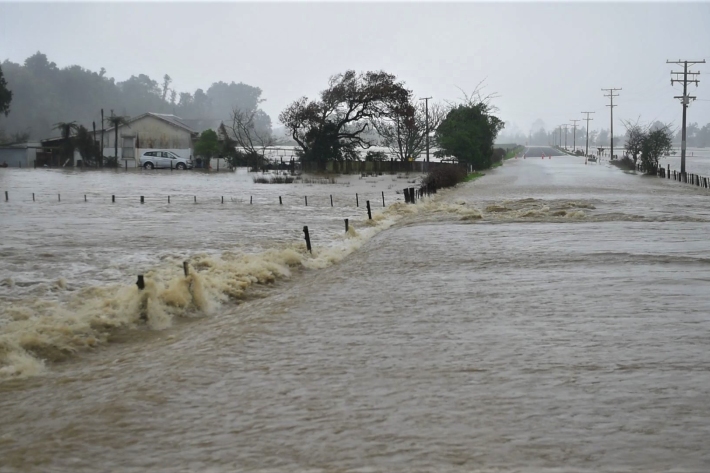
Public asked to help build national flood photo database
Media release15 February 2022NIWA is asking people in flood-affected areas to contribute photos to a national database to support understanding of flood hazard and flood risk. -
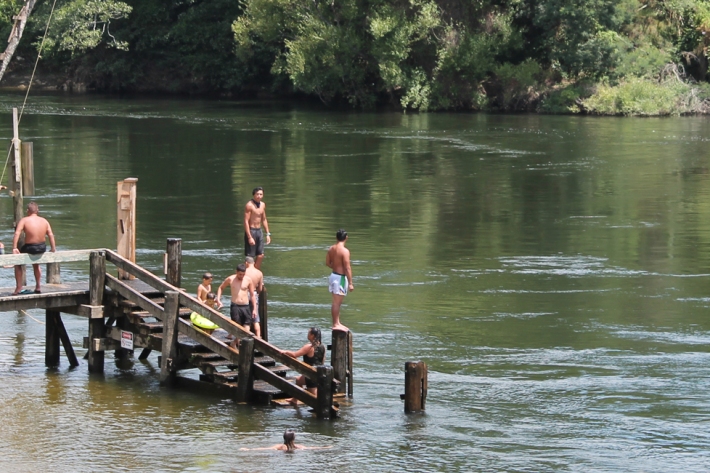
Waikato Dynamic Models Project Proposal
Protection of the Awa Models enable us to predict how different uses of the land and water will impact river and stream health. -

Report: Trends analysis for selected indicators of Waikato River health and wellbeing 2010-2019
ServiceReport: Trends analysis for selected indicators of Waikato River health and wellbeing 2010-2019 -
The largest flood flow ever measured
Media release29 July 2021Flood flows on the Buller River this month were the largest of any river in Aotearoa New Zealand in almost 100 years, NIWA measurements show. -
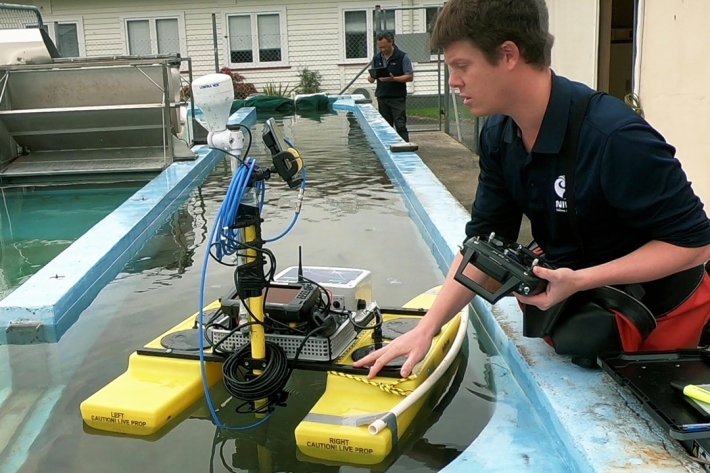
New weapon in fight against invasive aquatic weeds
Media release20 July 2021A combination of artificial intelligence and scientific ingenuity looks set to be the next step forward in protecting Aotearoa New Zealand’s lakes and rivers from invasive aquatic weeds. -

Trustpower's Waipori power scheme
or over 100 years Trustpower's Waipori power scheme has supplied Dunedin with hydroelectric power. -

NIWA calculates 1:200 year flood for parts of Canterbury
Media release14 June 2021Preliminary analysis by NIWA climate scientists has shown that the recent Canterbury rainfall was so extreme in some inland places that it could be expected to happen only once every 200 years. -

Field teams and forecasters cover monumental rainfall event
Feature story09 June 2021The prodigious rainmaker that hit Canterbury earlier this month saw NIWA field teams out in the elements collecting flood data from bridges, cableways and jetboat gaugings. -
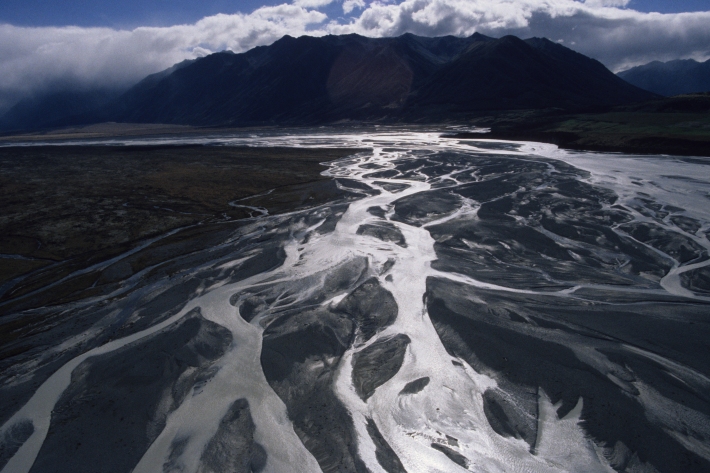
eFlows Explorer
Research ProjectThe eFlows Explorer webtool is designed to aid broad-scale river flow management planning across New Zealand

